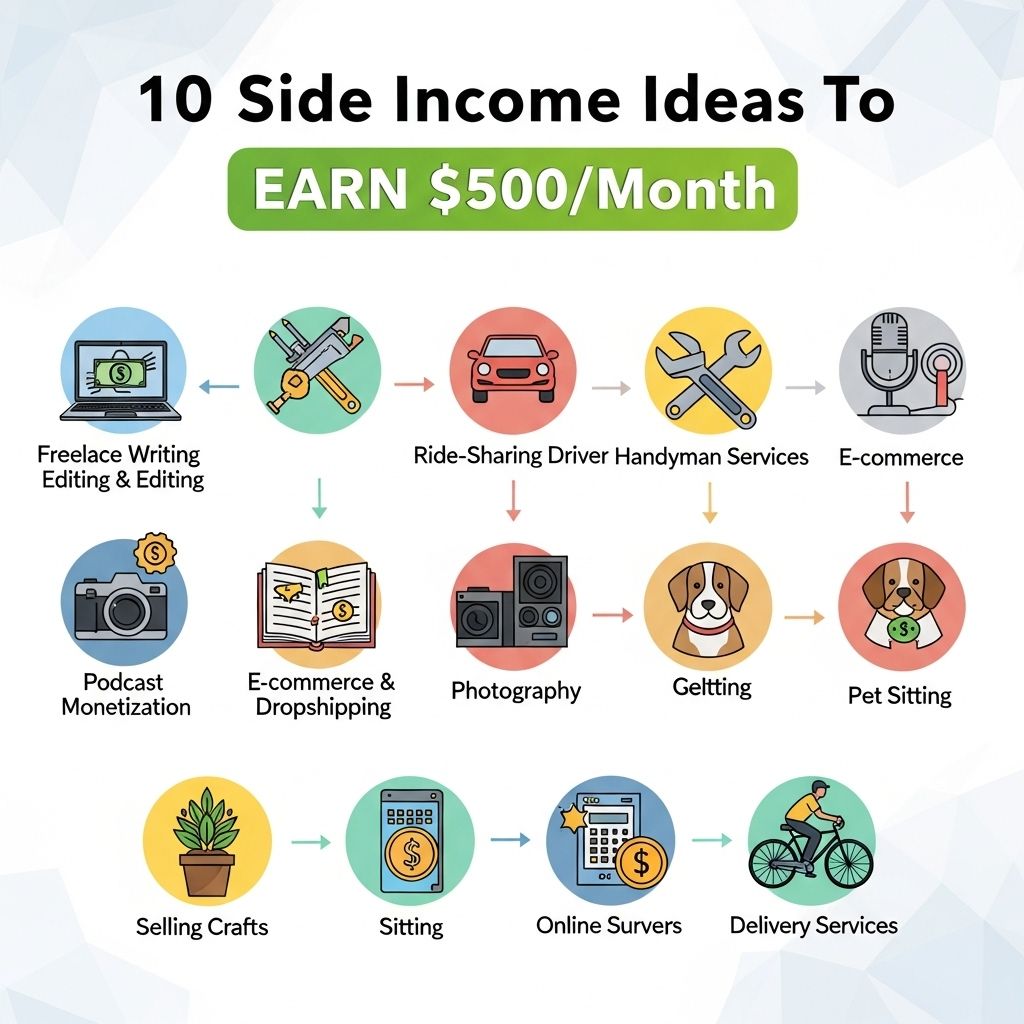As we dive into 2025, the financial landscape continues to evolve, shaped by technological advancements, changes in consumer behavior, and global economic shifts. Smart saving has never been more crucial, especially as inflation rates fluctuate and uncertainty lingers in various markets. Understanding how to effectively save while maximizing your returns is essential for anyone looking to secure their financial future. This article explores a range of smart saving strategies tailored for 2025, ensuring that you’re well-prepared to make your money work for you.
Understanding the Current Financial Landscape
Before implementing any saving strategies, it’s crucial to understand the current economic climate. The following factors are shaping financial decisions in 2025:
- Inflation Trends: Inflation continues to impact purchasing power, making it essential to find ways to preserve and grow savings.
- Interest Rate Changes: Central banks are adjusting interest rates to combat inflation, affecting savings account yields and investment returns.
- Technological Innovations: The rise of fintech has transformed traditional savings methods, offering new opportunities for earning interest and managing finances.
Top Saving Strategies for 2025
1. High-Interest Savings Accounts
In 2025, traditional savings accounts may still offer low-interest rates, but high-interest savings accounts (HISAs) are gaining traction. These accounts typically offer higher interest rates and fewer fees, making them a smart choice for savers. Here are some benefits:
- Higher interest rates compared to conventional savings accounts.
- Easy access to funds while still earning interest.
- Minimal fees or no fees at all.
2. Automated Savings Tools
Automation is the key to successful saving. By using automated savings tools, you can set up recurring transfers to your savings account, ensuring that you save consistently without having to think about it. Consider these options:
- Round-Up Savings Apps: These apps round up your purchases to the nearest dollar and save the difference.
- Direct Deposit Allocations: Have a portion of your paycheck automatically deposited into your savings account.
- Recurring Transfers: Schedule regular transfers from checking to savings on a weekly or monthly basis.
3. Diversifying Investments
In an unpredictable economy, diversification is vital. A well-balanced investment portfolio can help mitigate risks while optimizing returns. Here’s how you can diversify:
| Investment Type | Description | Risk Level |
|---|---|---|
| Stocks | Ownership in companies; potential for high returns | High |
| Bonds | Loans to governments or corporations; lower risk | Moderate |
| Real Estate | Investing in property; offers potential income | Moderate to High |
| Index Funds | Funds that track market indices; good for long-term growth | Moderate |
| Cryptocurrency | Digital assets; volatile but with high return potential | Very High |
4. Cash Back and Rewards Programs
Take advantage of cash back and rewards programs offered by banks and credit cards. These programs can enhance your savings by providing cash back on everyday purchases or rewards points that can be redeemed for travel, merchandise, or other benefits. Consider the following:
- Choose a credit card with a cash back program aligned with your spending habits.
- Look for banking accounts that offer rewards for maintaining a balance.
- Utilize apps that offer cash back on purchases made at participating retailers.
5. Emergency Fund Establishment
One of the most crucial aspects of saving is having an emergency fund. This fund acts as a safety net against unexpected expenses, such as medical emergencies or job loss. Here’s how to establish one:
- Determine your target fund size (3-6 months’ worth of expenses is ideal).
- Open a separate savings account dedicated solely to your emergency fund.
- Set up automated contributions to reach your target goal.
Utilizing Technology for Savings
Smart Budgeting Applications
In 2025, leveraging technology is key to effective money management. Smart budgeting applications can help you track spending, set saving goals, and analyze your financial habits. Popular options include:
- Mint: Comprehensive budgeting and expense tracking.
- YNAB (You Need A Budget): Focuses on proactive financial planning.
- Personal Capital: Combines budgeting with investment tracking.
Investment Platforms
Robo-advisors and online investment platforms have made it easier for individuals to invest wisely. These platforms provide automated investment management based on your financial goals and risk tolerance. Consider these:
- Betterment
- Wealthfront
- Fidelity Go
Long-Term Financial Planning
Setting and Revising Financial Goals
Establishing clear, achievable financial goals is essential for successful saving. Regularly revisiting and revising these goals ensures they remain relevant. Follow these steps:
- Define short-term (1-2 years), medium-term (3-5 years), and long-term (5+ years) goals.
- Assess your progress regularly, at least once a year.
- Adjust your goals based on life changes, market conditions, or financial status.
Retirement Planning
As you save, don’t forget about retirement. Start contributing to retirement accounts such as 401(k)s or IRAs as early as possible to take advantage of compound interest. Here are some tips:
- Maximize employer contributions if available.
- Consider a Roth IRA for tax-free withdrawals in retirement.
- Review your retirement plan annually to ensure it aligns with your changing financial situation.
Conclusion
As we move through 2025, employing smart saving strategies is more critical than ever. By understanding the financial landscape, utilizing technology, and focusing on long-term planning, you can effectively enhance your savings and secure your financial future. Remember, the earlier you start saving and the more strategic your approach, the greater your chances of achieving your financial goals.
FAQ
What are some effective smart saving strategies for 2025?
Effective smart saving strategies for 2025 include setting specific financial goals, automating savings through direct deposits, utilizing high-yield savings accounts, and regularly reviewing and adjusting your budget.
How can I automate my savings in 2025?
You can automate your savings in 2025 by setting up automatic transfers from your checking account to your savings account, scheduling contributions to retirement accounts, and using apps that round up purchases to save the change.
What types of accounts should I consider for saving in 2025?
For saving in 2025, consider high-yield savings accounts, certificates of deposit (CDs), money market accounts, and individual retirement accounts (IRAs) to maximize your interest earnings.
How often should I review my savings plan in 2025?
You should review your savings plan at least quarterly in 2025 to ensure you are on track with your financial goals, make necessary adjustments, and take advantage of any new savings opportunities.
What role does budgeting play in smart saving strategies for 2025?
Budgeting plays a crucial role in smart saving strategies for 2025 as it helps you track income and expenses, identify areas to cut back, and allocate more funds towards savings.
Are there specific tools or apps recommended for saving in 2025?
Yes, there are several tools and apps recommended for saving in 2025, such as budgeting apps like Mint or YNAB, savings apps like Digit or Qapital, and investment platforms like Acorns or Betterment.




